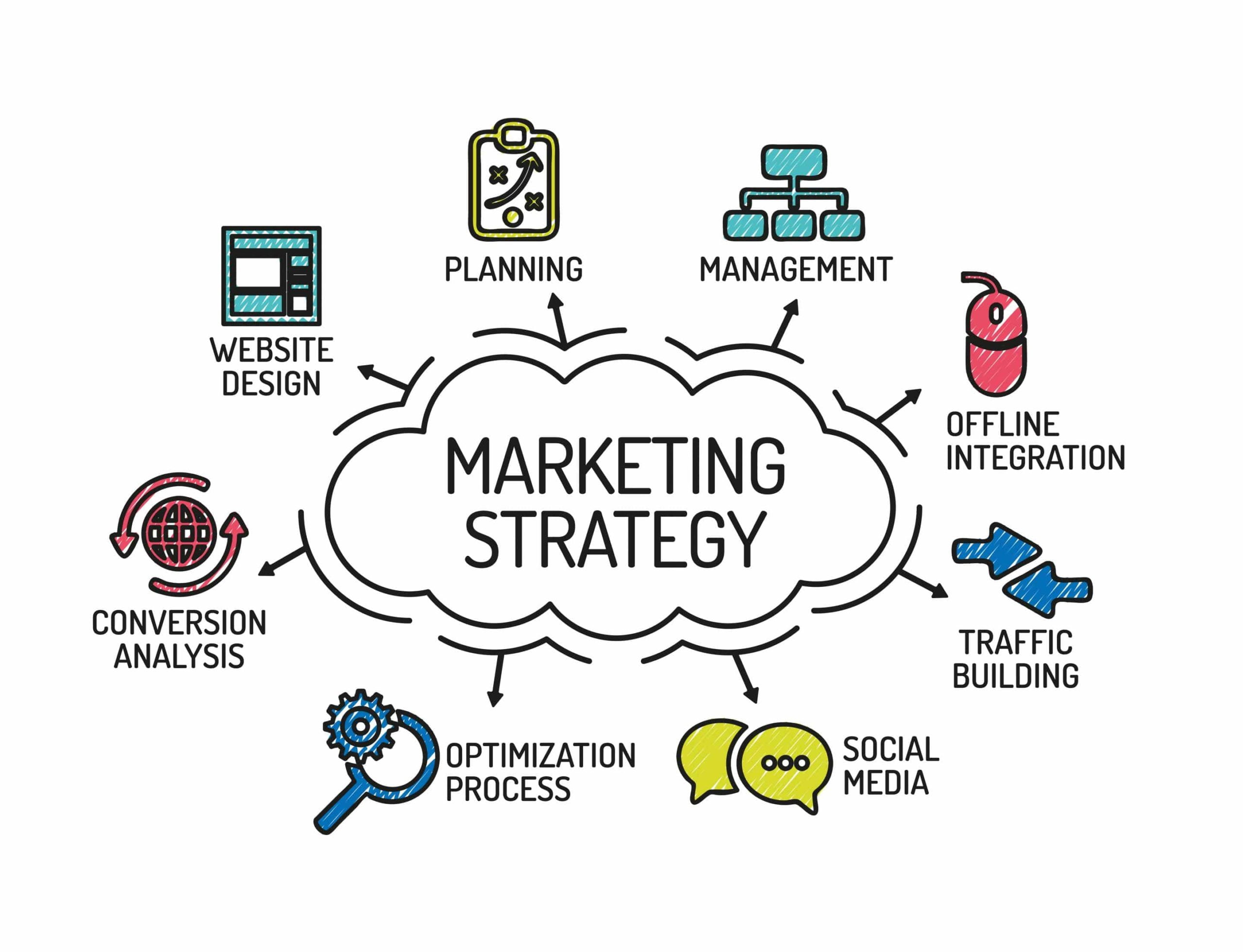The financial services enterprise stories 35% of all records breached, incomes it the unflattering name of the maximum-breached sector. It’s easy to recognize why. The industry is known for its big selection of interconnected systems and the processing of millions of transactions—factors that render it mainly at risk of attack. As those attacks’ danger, frequency, and impact grow, new prison dangers emerge, consisting of litigation and steep regulatory fines. In reality, according to a Forbes Insights/K&L Gates survey, the tendencies that gift the most ability for criminal dangers consist of handling facts (sixty nine%), cybersecurity (47%), a changing regulatory surrounding (46%), fraud safety (39%) and virtual transformation (39%). Regulators are reacting quickly. For instance, the U.S. Securities and Exchange Commission currently issued new guidance calling for public businesses to be more approaching whilst disclosing cybersecurity risks, even earlier than a breach or attack occurs. Financial establishments are also stepping as much as increase records safety. For instance, 92% of the 2 hundred U.S. Economic services executives surveyed by Forbes Insights are presently using encryption technology.

But getting in advance of hackers calls for understanding the risks that lurk outdoor a business enterprise. Here are the top 3 threats dealing with the financial offerings enterprise:
1) Web Application Attacks
Financial institutions rely upon enterprise-crucial net applications to serve clients, promote their services and connect with again-cease databases. However, lots of those packages are hosted online, making them without problems on hand to hackers—types of internet software assault variety from buffer overflow to SQL injection attacks. A hacker injects SQL statements right into a facts-entry field, tricking the machine into revealing private statistics.
2) DDoS Attacks
Distributed denial of service (DDoS) assaults impair the performance of resources, including servers, causing websites and programs to sluggish down or crash. The result: irritated clients who are unable to access vital economic services when they need them maximum. For monetary offerings corporations, the repercussions can be worse, such as disrupted commercial enterprise flows, stolen records, broken reputation, and misplaced revenue.
3) Insider Threats
Beyond hackers, personnel is most of the pinnacle cybersecurity threats to monetary institutions. Oftentimes, unwitting workers fall sufferers from phishing scams or, by accident, download malware. However, disgruntled personnel may also collude with hackers by sharing their passwords or intentionally ignoring company cybersecurity protocol. Either way, insider threats can take months—once in a while years—to locate.
Safety Practice
Amid improved exposure to these dangers, economic establishments need to ensure more records safety and decrease prison exposure. To do so, remember the following steps:
Draft internal regulations, strategies, and contractual provisions regarding the discovery, research, remediation, and reporting of breaches. Obtain the proper coverage insurance for various cyber risks and remember the adequacy of existing insurance packages. Partner with a 3rd-birthday celebration cybersecurity crew to help control internet protection and prevent cyberattacks and facts breaches. These days, hyper-related, era-pushed financial offerings quarter, records protection breaches, DDoS assaults, and insider threats are at the upward thrust. However, executives in the enterprise can educate themselves on the risks ahead and take a right precautionary measures.







